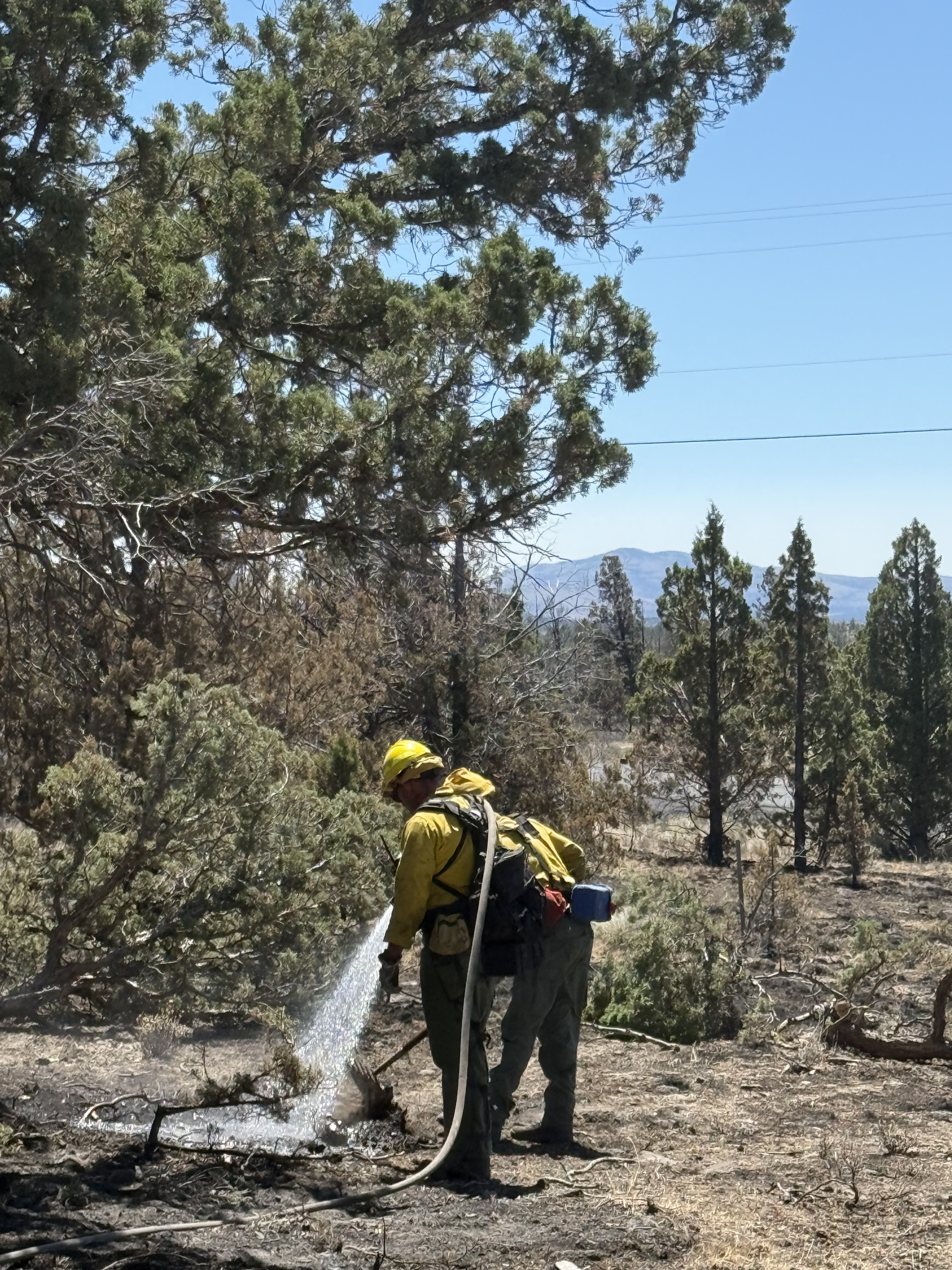California’s South Warner gets wild
Published 5:00 am Wednesday, August 7, 2013
Tucked away in the northeast corner of California lies the underused South Warner Wilderness.
Eons ago, tectonic processes uplifted a block of the earth’s crust and the Warner Mountains were born. The uplifts are dramatically visible on the east side of the mountains, rising more than 4,000 feet above Surprise Valley. Creeks and rivers on the west side of the Warner crest drain into the Pit River, and eventually the Sacramento River. Streams on the east side, however, have no place to go and they drain into alkali lakes dotting the Great Basin. Having never been to the South Wilderness was good enough reason for Ray Jensen and I to sample the wilderness delights in a recent backpack trip.
Trending
The trailhead at Pepperdine Camp is nearly 7,000 feet above sea level and would gain another 2,000-plus feet. The altitude left me gasping for breath from the mere exertion of just tying my shoes. However, we had all day to hike the 6 miles to Patterson Lake, and it was a steady plod with frequent rest stops. A mile into the hike, we left a cool and shady conifer forest for open windswept hills of ankle-high vegetation. Exposed to the sun, we hikers baked on the slopes like a homemade tamale in a clay oven.
Along with the dearth of trees came spectacular views as we walked on the Summit Trail atop the rugged Warner crest. To the west and 100 miles distant was snowy Mount Shasta, and to the east was prominent Surprise Valley, consisting of three large and dry alkali lakes (Upper, Middle, and Lower Alkali lakes) on the California-Nevada border. Views would be a recurring theme of this hike.
We also had nice views of massive Warren Peak, more of a tall cliff than a pointy peak. At the base of the Warren Peak cliff lay pristine and beautiful Patterson Lake: base camp for the next several days. Our campsite had an expansive view toward Surprise Valley, where thunderheads formed over the valley each evening as the sun set.
Over the next couple of days, we explored the area beginning with an off-trail scramble in search of the Warren Peak summit. The summit, as it turned out, required technical climbing, but a precipitous and dizzying view of Patterson Lake astounded despite being short of the top. Also visible was a heretofore hidden glacial tarn sitting in a snow bowl with a rectangular iceberg cube floating in it like a marshmallow in a cup of rice milk.
Probably not the smartest thing to do, but Ray and I scrambled up to the small tarn through treacherous snow fields, past shifting scree slopes, and over large boulders. It was worth it, though, to get next to the tarn with the massive cliffs of Warren Peak looming overhead.
On a broad and treeless ridge, the Summit Trail followed the abrupt escarpment that is the Warner crest, seemingly chopped by a gigantic meat cleaver wielded by some fearsome deity of yore. This was my favorite part of the whole trip as we had sweeping views in all directions. At 9,892 feet, Eagle Peak is the highest point in the South Warner Wilderness and the trail headed unerringly toward the snow-flecked peak. To the southwest of Mount Shasta, we could just make out Lassen Peak in the summer haze. Directly below the trail lay the rugged topography of the Owl Creek canyon. But it was the deep and wide Surprise Valley with its three dry alkali lakes that commanded our rapt attention. We turned around after lunching atop Peak 9053, a relatively innocuous peak in the Warner scheme of things.
Trending
All along the Summit Trail, there were several species of wild onions, buckwheat cushions of various colors, lupines, phacelia, balsamroot and miniature monkeyflower. All the magentas, pinks, whites, yellows, reds and blues in my camera viewfinder left me dazzled and seeing spots in front of my eyes.
After a rainy night, it was time to sample the Owl Creek Trail, which parallels the Summit Trail, but about 1,000 feet below the Warner crest. Owl Creek Trail crosses the creek drainages, the basic rhythm being an up-and-down hike from one drainage to the next. It was a study in contrasts as the hills were covered with sagebrush while the creek vegetation was incredibly lush with verdant meadows. The creeks were all running full with melted snow. Several of them displayed world-class waterfalls tumbling down the escarpments prevalent in the area.
On the last night, we camped at Cottonwood Creek as clouds formed overhead. The whole weather thing reached a climax when the wind wormed its way under my tent and basically uprooted it with me inside. Clad only in my Power Ranger underwear, I wrestled my unruly tent in the gale-force wind as lightning crackled and made loud noises. But that was just part of the South Warner experience. Since neither hiker in our party got zapped, it’s another interesting experience among many from the spectacular South Warner Wilderness.








